|
The California Channel Islands located off the coast of the Greater Los Angeles area are today known for their rich ecological and recreational heritage, but were not were not mentioned in Article V of the Treaty of Guadalupe Hidalgo (1848) which outlined the U.S.-Mexico border after Mexico surrendered California to the U.S. Indeed, a strict reading of the Treaty of Guadalupe Hidalgo suggested to many groups – indigenous Chumash people, White Americans, and Mexican people – that the islands were still Mexican national territory. Map by Víctor Busteros Angeles, “Día 23, jueves 5-05. Rumbo a Coronado,” Expedición al México de Ultramar (Feb. 13, 2015), (http://mexicodeultramar.blogspot.com/2015_02_13_archive.html). Known as the “Archipelago of the North” when under Mexican rule, the potential for the lost Mexican islands not belonging to the U.S. raised many questions about the nature of the U.S.-Mexican border as a whole. Responding to citizen petitions, the Mexican President Manuel Ávila Camacho formed a government commission to study the case of Mexico’s lost archipelago. The so-called Ávila Camacho Commission (1944-1947) investigated historical Mexican rights to the Channel Islands but ultimately concluded that challenging the more powerful United States for the Archipelago’s return was unlikely to succeed politically or in international arbitration settings. The ambiguity of the archipelago’ status in both the 1800s and 1900s encouraged various groups, including the native Chumash, White American ranchers, and Mexican American political activists to claim the islands for their own respective causes. Whichever side one might sympathize with, the case of Mexico’s "lost archipelago" is a reminder of the complicated creation of the U.S.-Mexican border. 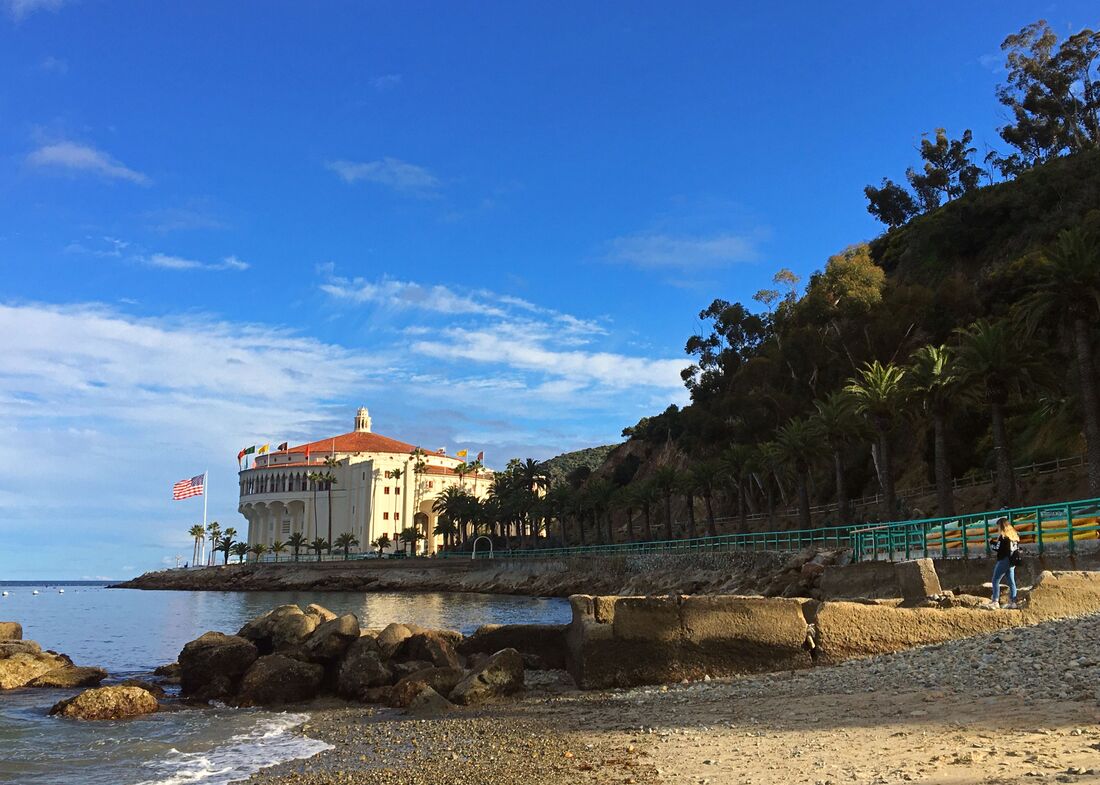 The Catalina Island Casino, the most famous building on California’s “Magical Island,” at one point did not allow Mexicans inside. Asserting Mexico never formally gave up the Channel Islands after the U.S.-Mexico War, in 1972 the Chicano Brown Berets occupied the hillside to the right of the Casino – “Campo Tecolote” – to bring attention to the discrimination faced by Mexican people in the U.S. 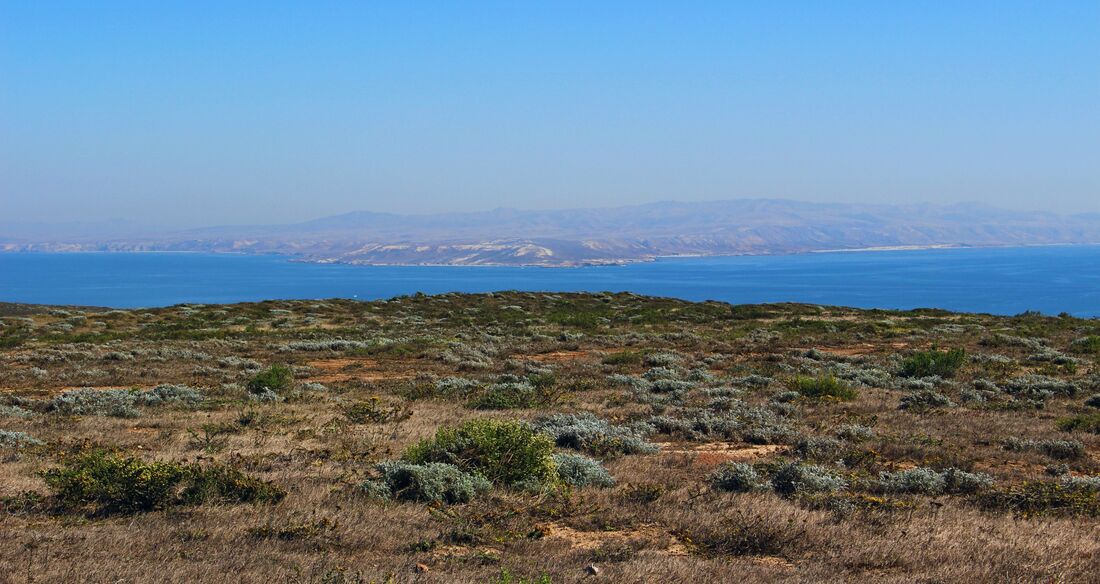 San Miguel Island, the westernmost of the islands in the U.S.-Mexican border’s Lost Archipelago of the North, is defined by its arid scrubland. Santa Rosa Island again comes into view to the east along San Miguel’s arid flatlands. Archaeological research has identified the Channel Islands as being the site of some of the earliest human remains in the Americas. Special thanks to Juan Menchaca and Gerald Joanino for their help in these cross-island adventures!
10 Comments
Sergio Maldonado
7/22/2020 13:55:05
What an amazing hidden piece of history. And the photos are quite beautiful!
Reply
7/31/2020 21:49:38
Sergio,
Reply
9/12/2020 15:43:04
You have an interesting story here. But there are some various specific reasons why Mexico has no claim to the Channel Islands. Because of these primary legal precidents the case has zero merit in any juridiction.
Reply
9/18/2020 23:31:32
Mike,
Reply
9/18/2020 23:59:36
Now regarding the issue of the privately-owned islands' legal status and concerns over their current-day resource management...
Reply
Luna One
5/5/2021 16:25:22
Grusse! Would like to hear more about UFO sightings. Also , Where did you serve in Hawaii? That’s where I’m from.
Jesus
2/18/2021 10:38:37
Hola , my name is Jesus I was a marine that served in California amd Hawaii . We used to see UFOs around the area o see them for my self all over that location I have no evidence of the encounters have yiu done any research on the activity of UFOs in that area? Thank you
Reply
3/4/2021 16:37:01
Saludos Jesus! Thank you for your service in the USMC. Where in California were you stationed? Do you mean that you have seen UFO activity near the Channel Islands? I have not read anything about that before - I would certainly love to talk to you more about that if you have the time. Thank you for your comment.
Reply
David Gunderson
8/9/2022 08:37:18
Interesting story! Appreciate your historical analysis. “The more you know…” 😉
Reply
Bertriana M.
10/3/2022 20:41:39
This was a very great read. I had no idea that this island even existed. Thank you for research in the history that you shared about the island and Mexico and California.
Reply
Leave a Reply. |
Carlos Parra
U.S.-Mexican, Latino, and Border Historian Archives
January 2021
Categories
All
|
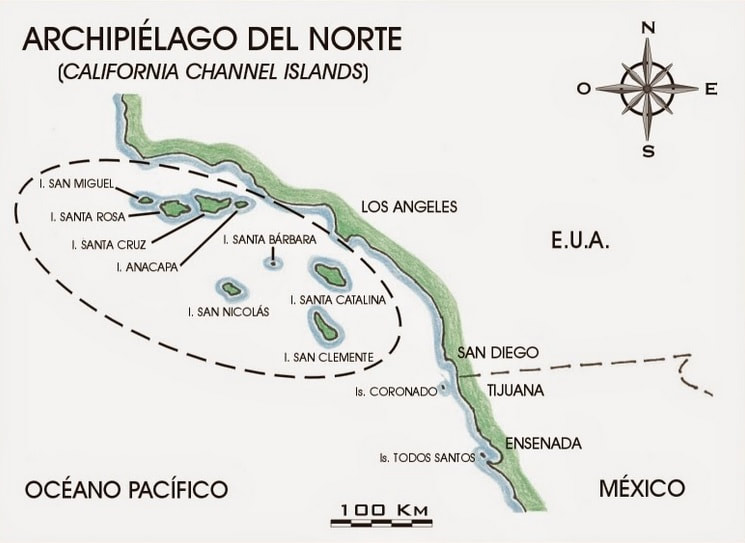
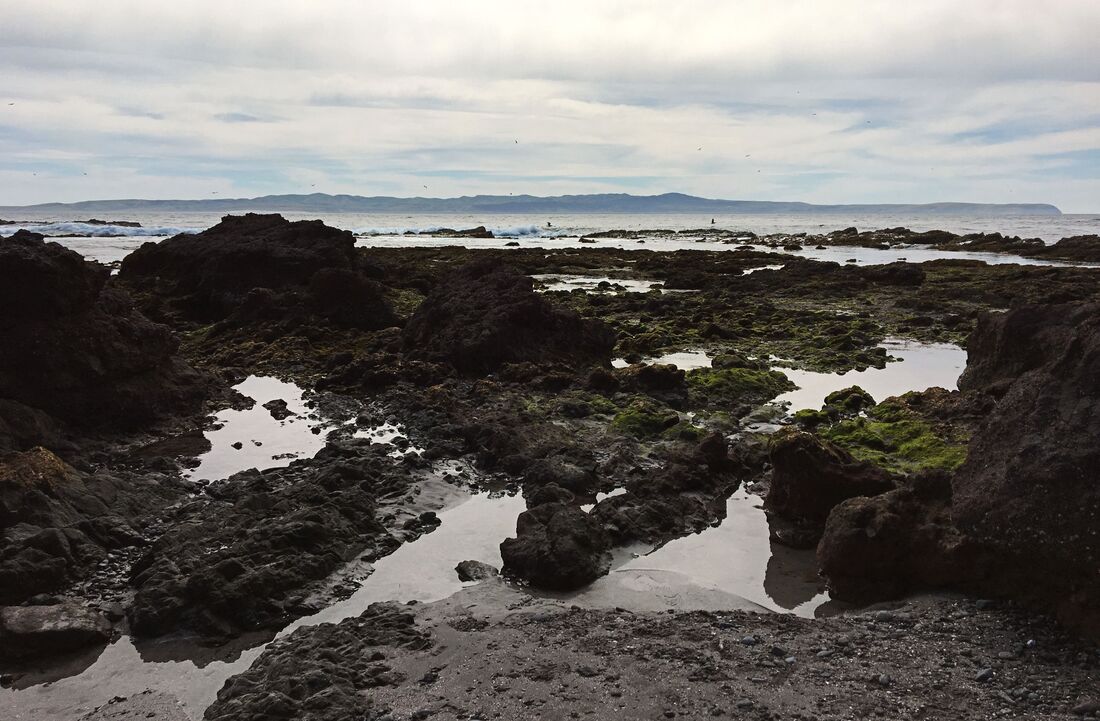
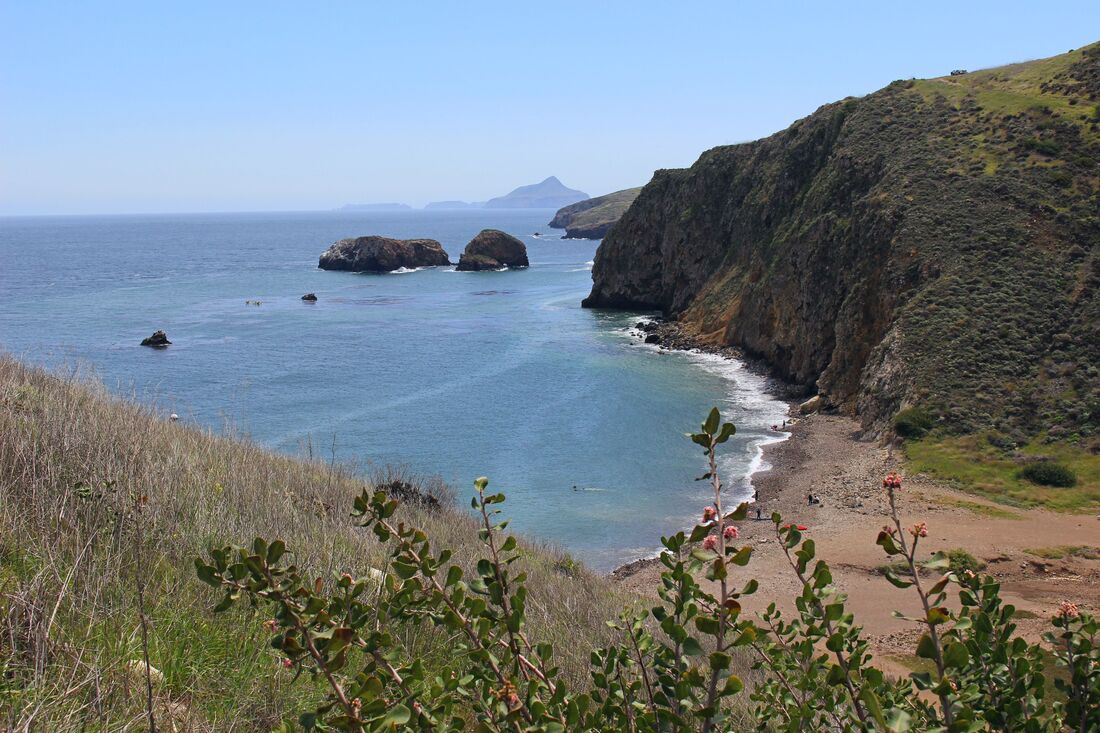
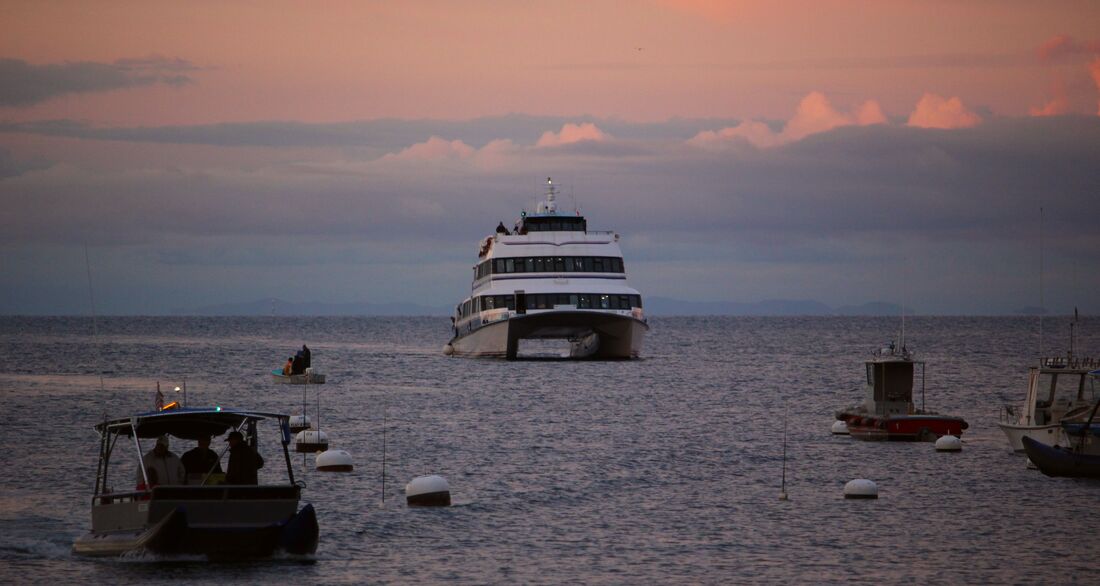

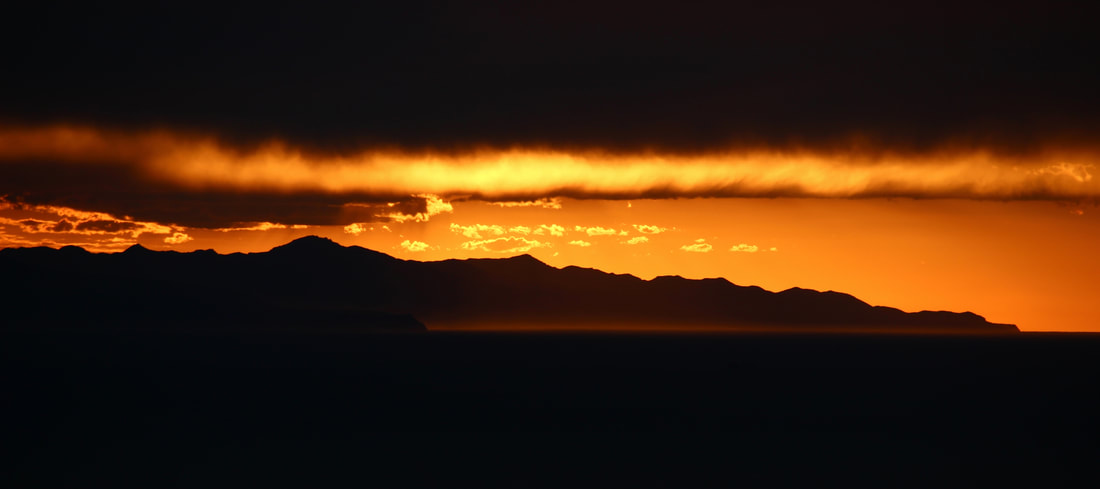
 RSS Feed
RSS Feed